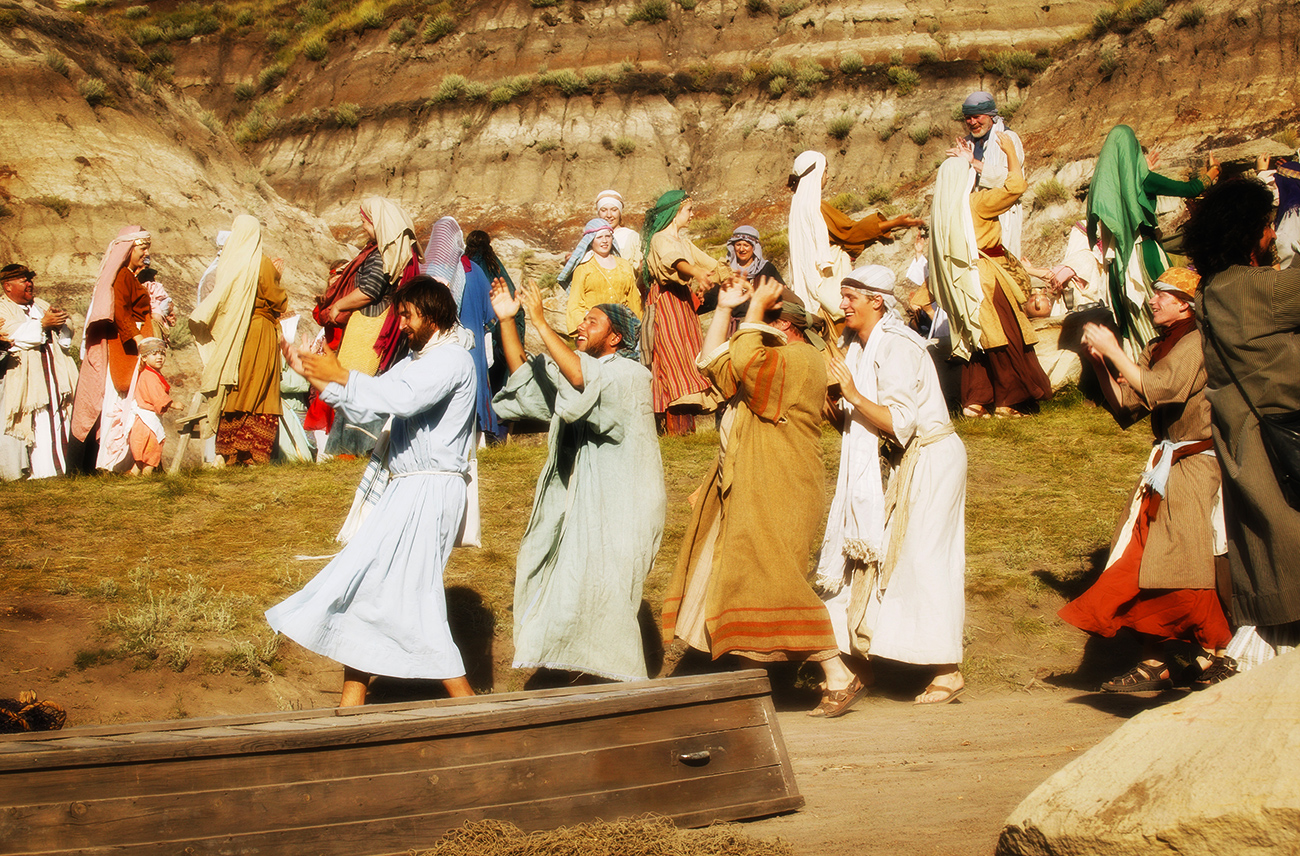Singing and Dancing, Faith in Every Footstep

Singing and Dancing in the Holy Land
When nations begin to “gather,” there evolves a certain culture.
First, the spirit of commitment is challenged by hardships and rejection long before the new society begins to mature and be accepted by others. Secondly, because of true faith in the Lord, the Children of Israel, anciently and in modern times did not, and do not let the hardships-and the sometimes violent-rejection get in the way of pursuing their faith identified goals. Third, a constant support mechanism is used to reinforce and strengthen those faith-identified goals.
“In the communal and religious life of the Jewish people, dance was always regarded as an expression of joy and religious ecstasy. Ecclesiastes wrote: ‘. . . a time to dance’ (3:1, 4). The Bible tells of Miriam and the women dancing to celebrate the crossing of the Red Sea. When Jephtah’s father came home victorious from battle, Jephtah welcomed him with dances. King David, when he placed the Holy Ark in Shiloh, danced and leaped before the Lord with all his might.” (Encyclopedia Judaica, Jr.)
WORD OF THE LORD
It should be noted that Jewish reading of scriptures and praying are to be done in a singing or chanting way to differentiate the common everyday sounds of the mouth with the Word of the Lord or words to the Lord. A pattern of singing has developed that puts emphasis on a particular syllable and word. When a boy has a Bar Mitzvah, he is accompanied by a person who may prompt him to sing his words correctly while making sure that his clothing, cap, robe, sash, etc. is worn correctly.
An effective way of expressing gratitude, which usually precedes the strengthening and expressing of faith, is music, singing praises. “If thou art merry, praise the Lord with singing, with music, with dancing, and with a prayer of praise and thanksgiving” (D&C 136:28). The Israeli and Mormon pioneers did remarkably well in following that counsel.

